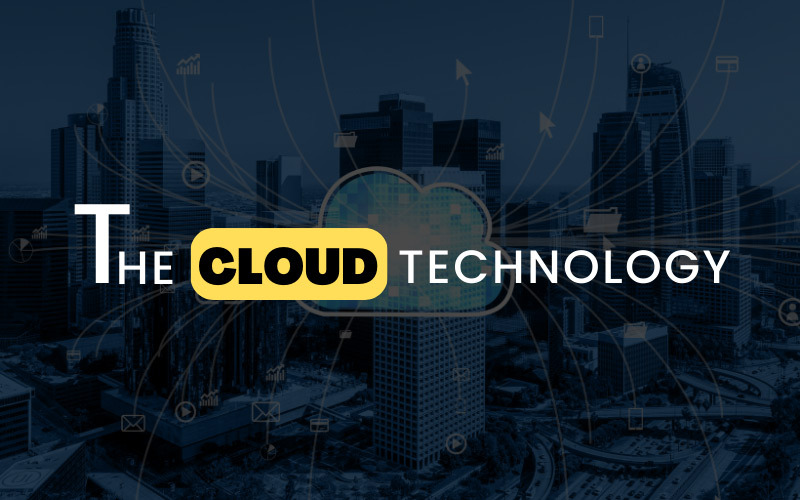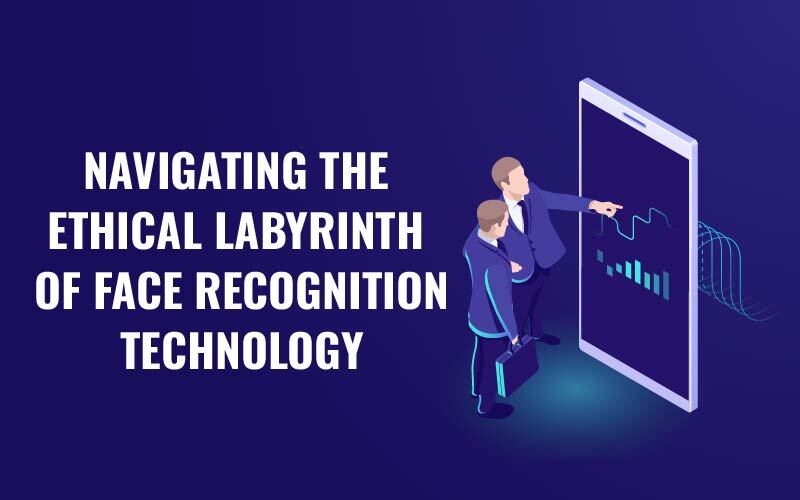Introduction
Databases and software that run on servers that can be accessed via the Internet are referred to as being in “the cloud.” Cloud servers are housed in data centres throughout the world. By using cloud computing, users and companies can avoid maintaining physical servers or running software on their own PCs.
Because computation and storage occur on servers in a data centre rather than locally on the user device, users can access the same files and programmes through the cloud from nearly any device. After their old phone breaks, they can still access their previous Instagram account with all of their old photos, videos, and chat history by doing this. Cloud storage platforms like Dropbox and Google Drive and cloud email platforms like Gmail and Microsoft Office 365 all follow the same basic rules.
By converting to cloud computing, businesses can reduce some of their IT expenses and administrative burdens. For example, they can stop updating and maintaining their own servers because the cloud provider they are using would take care of that for them.
Various Cloud Deployment Models
Cloud Write For Us category is where you can share your thoughts and updates regarding the latest development.
The various Deployment models are –
-
Public Cloud
The term “public cloud” refers to a cloud infrastructure service that is made available online to the general public or large industry groups. Under this cloud model, the provider of the cloud services, not the user, is the owner of the infrastructure. Thanks to this form of cloud hosting, customers and users can easily access systems and services.
-
Private Cloud
In stark contrast to the private cloud deployment paradigm is the public cloud deployment model. Allowing others to utilise your hardware is not required. Private clouds as well as public clouds are different in how you handle all of the hardware. It also goes by the phrase “internal cloud,” and it refers to the ability to access systems and services that are located inside a particular company or boundary. The cloud platform is put into use in a highly secure environment that is hosted in the cloud, guarded by robust firewalls, and managed by an organisation’s IT department.
-
Multi Cloud
As the name implies, we’re talking about leveraging many cloud providers at once with this model. The hybrid cloud deployment technique, which combines resources from both public and private clouds, is comparable to it. Multi-cloud utilises numerous public clouds as opposed to combining private and public clouds. Public cloud providers still face mistakes while offering a wide range of solutions to improve the dependability of their services. The possibility of two separate clouds encountering an event simultaneously is extremely rare.
The Bottom Line
Information saved everywhere, at any time, may be easily and rapidly accessed using the cloud and an internet connection. By ensuring that the data is always available, an internet cloud architecture boosts organisational productivity and efficiency. Users of cloud computing are provided with Application Programming Interfaces (APIs) to access cloud services, and they are charged based on how often they utilise those services. They have a large quantity of storage space on the cloud to centrally store all of the important material, including papers, pictures, audio, and video.




